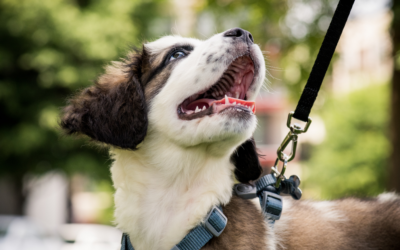One of the largest problems with animal welfare in our household pets is their lack of stimulation, or boredom. This can lead to many behaviour problems, but you may simply notice that your dog or cat isn’t doing much during the day. They could likely benefit from something to keep them busy and entertained.
There are many, many ways to provide mental stimulation to your dog or cat. Some of my favourite examples are explained below.
Toys
Most of our pets have toys available to them, but aside from perhaps a couple favourites, they may not play with them all. Rotating through available toys can help to make them new and exciting again. Try putting away a few toys for a period of time and then bring them out again. You may find that your cat or dog shows a whole new appreciation for them! You can also have a variety of toys that allow chasing, chewing, catching, and other natural behaviours for your pet.
Puzzles
There are many different puzzle toys available on the market for both cats and dogs. Most involve the use of kibble or treats, and pieces that have to be moved in order for your pet to access the treat.
However, you don’t have to go out and buy a puzzle toy to get the benefits of them. You can make them with items you have in your home.
As an example for dogs, you could take a muffin tin and place treats in each of the holes. Then place tennis balls or something your dog needs to lift to access the treats. For cats, a lighter version could be using an egg carton, placing treats or kibble in the holes, and then placing paper balls over them. Your cat would then need to bat at, or pick up, the paper balls to access the treats.
Puzzle feeders
While technically still a puzzle, these are getting a category all on their own as entire meals can be fed in them. I typically recommend to my clients that at least part of a meal is fed in a puzzle ball or other feeder. Puzzle balls not only make your pet think, but can also give them some exercise – pawing, nosing, and moving the ball around in order to get food.
Stuffable toys
These are great if you’re running out the door or wanting to keep your pet busy while you’re on an important Zoom meeting. Stuffable toys provide mental stimulation without you having to be there. Toys like Kong, Toppl, and many other options on the market allow you to stuff them full of food/treats and your pet has to work to get it out. Freezing these, especially for dogs that can get all the goodies out quickly, can help them last a lot longer.
I always keep some stuffables in the freezer, usually filled with a combination of peanut butter, canned food, and kibble. If your pet is on a special or restricted diet, you can still do these with their food. Try using a canned variety of their food, or soaking kibble in hot water and then stuffing.
Games
While we typically consider playing games with children, it isn’t always the first idea that comes to mind for mental stimulation in our pets. However, they can be great to add a bit of fun to both of your days. Games like hide and seek, with people or with toys, can be easily taught and done with little to no preparation. With dogs, you can distract or get them to stay while you hide. Then release from their stay once you or the toy has been hidden.
Nosework
Dogs and cats are very motivated to smell, and giving them opportunities to use this sense can also help their welfare. Using snufflemats, which can be made or purchased, allows you to put small treats into pieces of fabric. Your dog or cat can then sniff and find the treats.
Training your pet to find certain odors is also an option, where you give your pet a certain scent and then reward them when they find it in another spot.

Training
This is one of the best ways to get your pet thinking and working their brain. There are many ways to do this, you can go through some basics that you pet already knows. You can also train new behaviours, and this gives the benefit of both mental stimulation and a better behaved pet.
Using positive reinforcement training with treats, toys, or praise as a reward, can make the experience rewarding for your pet. Clicker training is an option for both dogs and cats, and has the added benefit of clear communication while being fun for both of you.
How often should you use mental stimulation for dogs and cats?
Providing some form of mental stimulation daily for your pet can make many improvements in their life. You can see benefits in their welfare, manners, behaviour, and your relationship with them. Don’t forget to add in some exercise as well!



